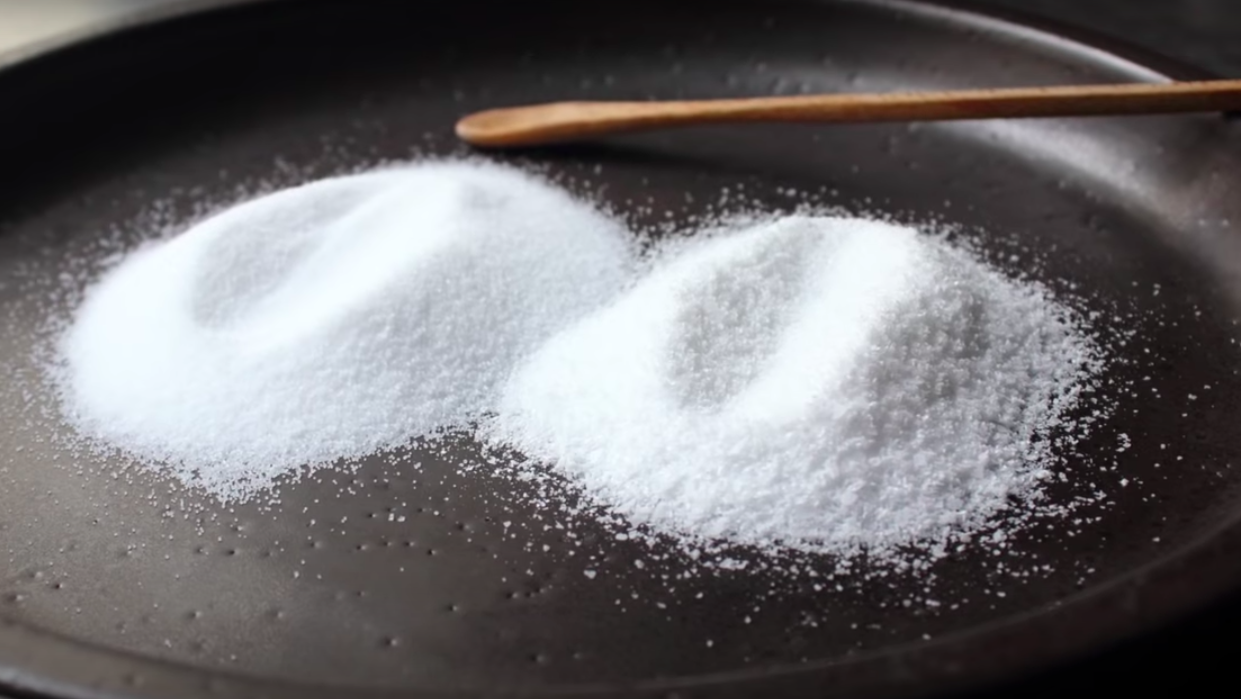Hell's Bells, Looks Like We're All Eating Too Much Salt
The FDA is asking food manufacturers and restaurants to reduce their products' sodium.
Yesterday, if you had asked me about the average adult's recommended daily salt intake, I would have narrowed my eyes and scuttled away, crab-style. This is partly because nutritional data stresses me out, and partly because I've had the word "salt" muted on Twitter. (Can you guess why?) But it turns out that the average American consumer takes in about 1,100 extra milligrams of sodium a day, largely because of sneaky salt in everyday food products. Now, the Food and Drug Administration is working to reduce Americans' overall sodium intake in a plea to food manufacturers and restaurants.
For context, the FDA's current dietary guidelines recommend consuming no more than 2,300 milligrams of sodium per day, or about a teaspoon of table salt. Meanwhile, the FDA reports that the average person in the U.S. consumes about 3,400 mg of sodium a day. That's obviously too much, but it's really hard for the average consumer to keep an eye on sneaky sodium in foods like sauces and breakfast cereal.
That's why, as TODAY reports, the FDA is asking food manufacturers and restaurants to cut the salt in their products over the coming 2.5 years with the overall goal of reducing Americans' sodium intake by 12%. Dr. Janet Woodcock, the acting FDA commissioner, says that the goal is to reduce sodium in the average American diet, which researchers hope "would have a major impact on hypertension, heart disease, and stroke."
The new guidance involves more than 160 categories of foods, as well as meals from chain restaurants. And while the new recommendations are nonbinding—meaning they're recommendations, not requirements—Woodcock is clear that the FDA plans to keep an eye on the industry, potentially rewarding companies that comply. What does a reward from the FDA look like? Unclear. Maybe a nice pair of branded salt and pepper shakers. Oh, wait.
